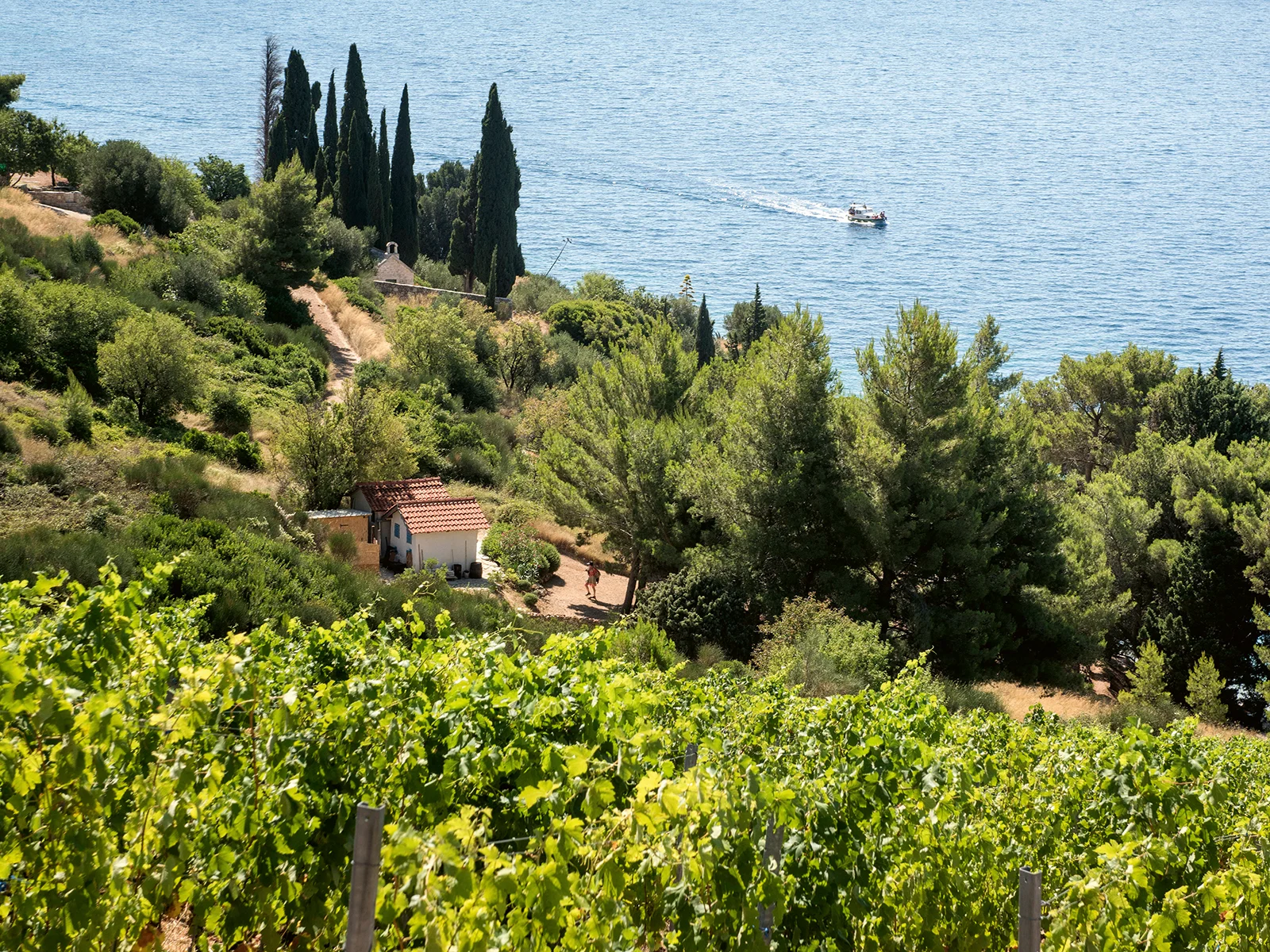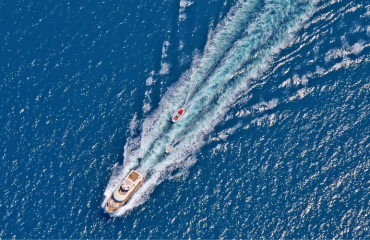Small but perfectly formed, Istria lies at the northern edge of Croatia’s coastline. Its wines, based on the red Teran and white grape Malvasia Istriana, often share similarities in profile to Italian and Austrian wines, according to winemaker Marko Fakin of Vina Fakin.
“Malvasia is the queen of the region,” he says, noting the grape makes wines defined by delicate orchard and stone-fruit flavors.
“If you look at the Croatian winemaking system, there is not a big industry, but you will find a lot of good high-quality wines,” Fakin adds, noting the country is roughly one tenth the size of France.
As of 2021, the nation had just under 77 square miles (200 sq km) devoted to wine grapes, but what it lacks in size, it makes up for in quality. Vina Fakin wines, for example, are now exported to more than a dozen countries and have received top critic scores and awards at international competitions. “Croatia is a hidden gem, people just don’t know about us,” Fakin says.












